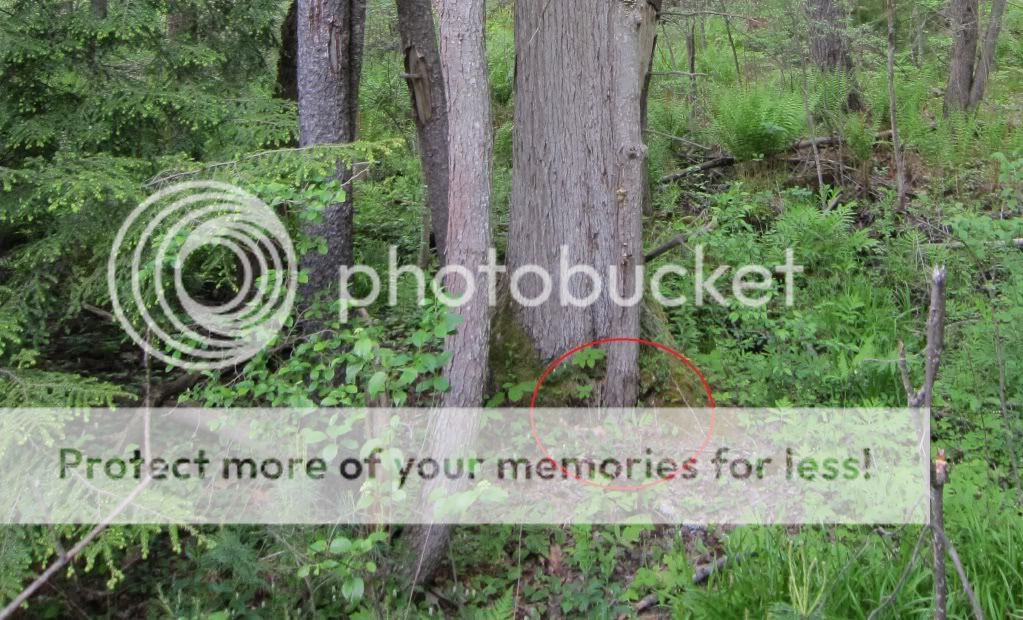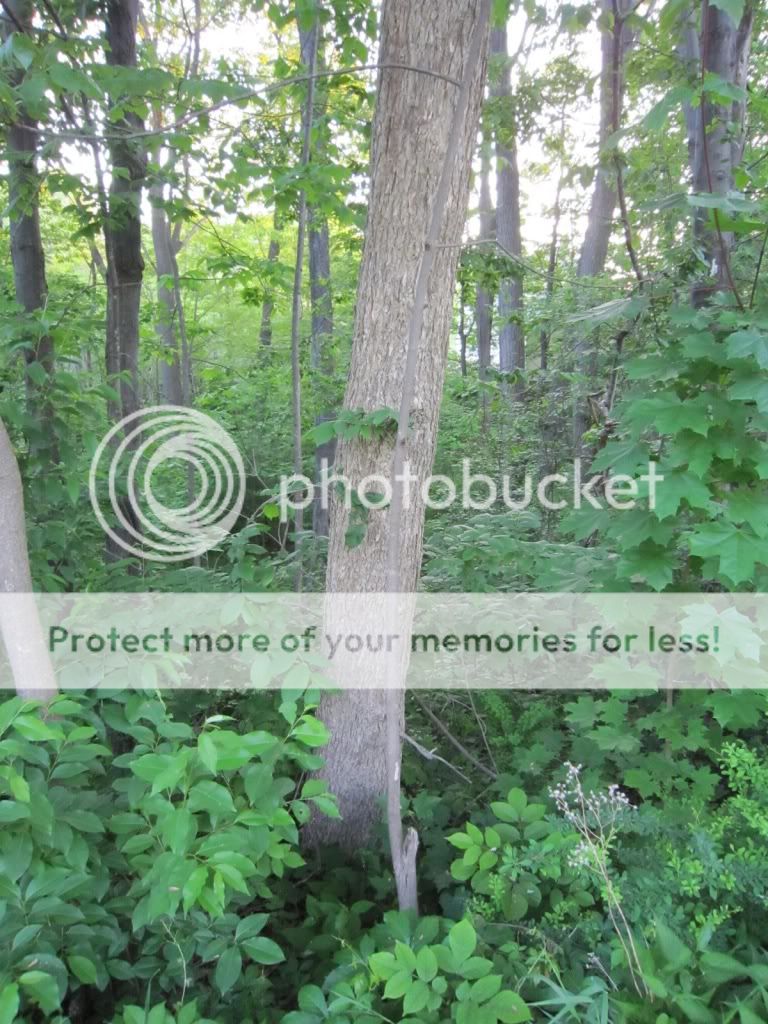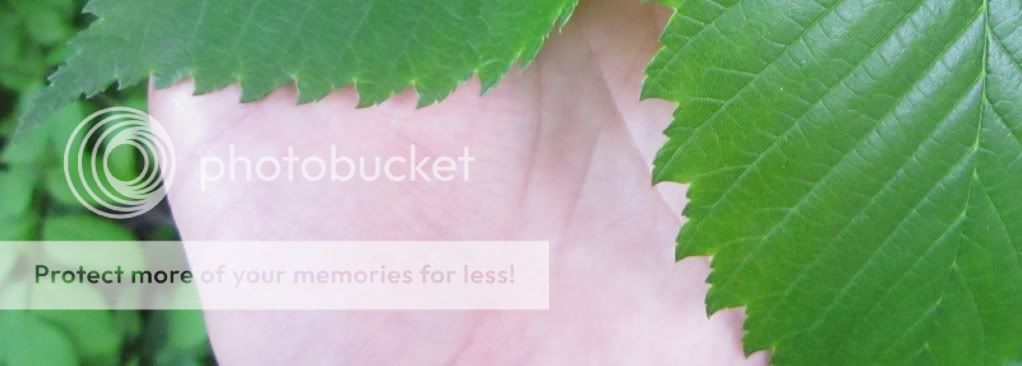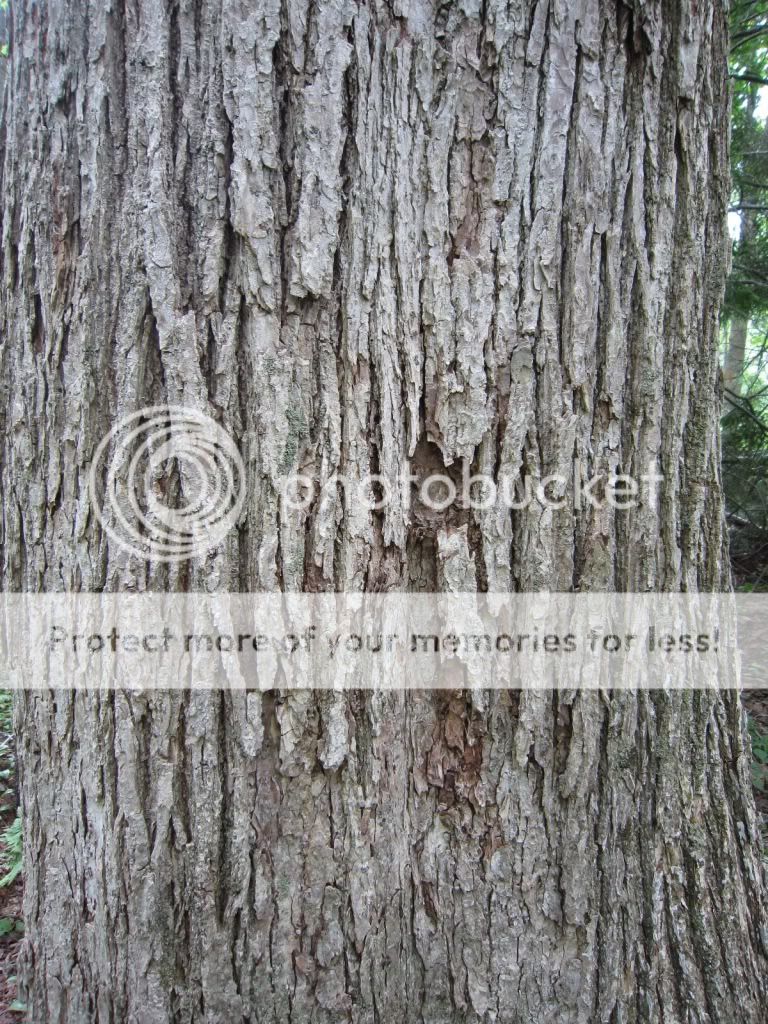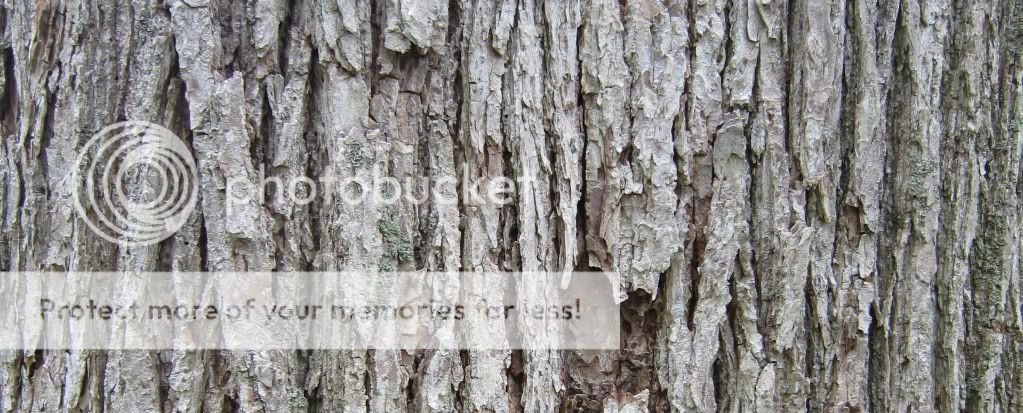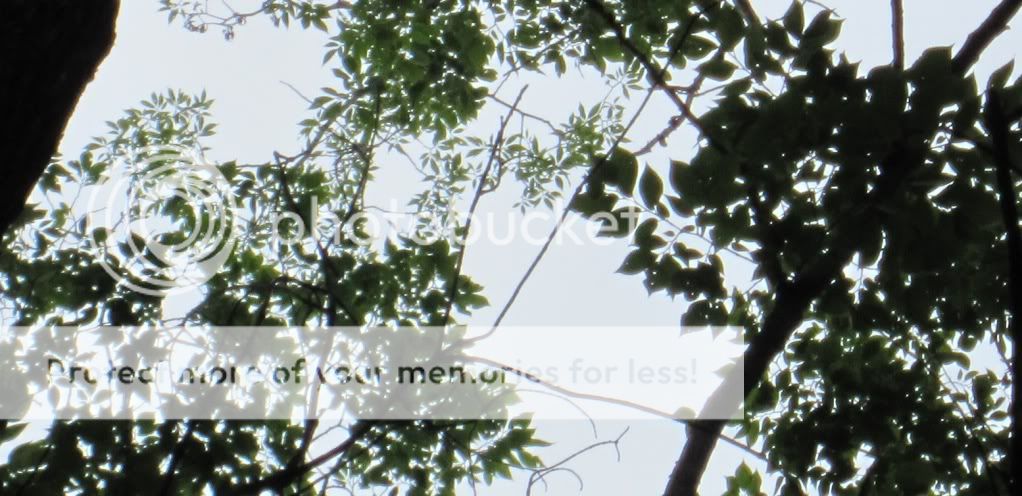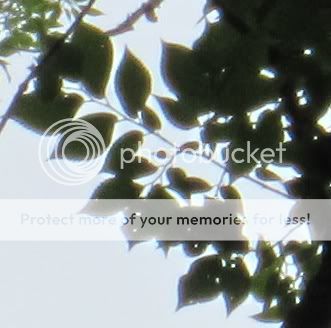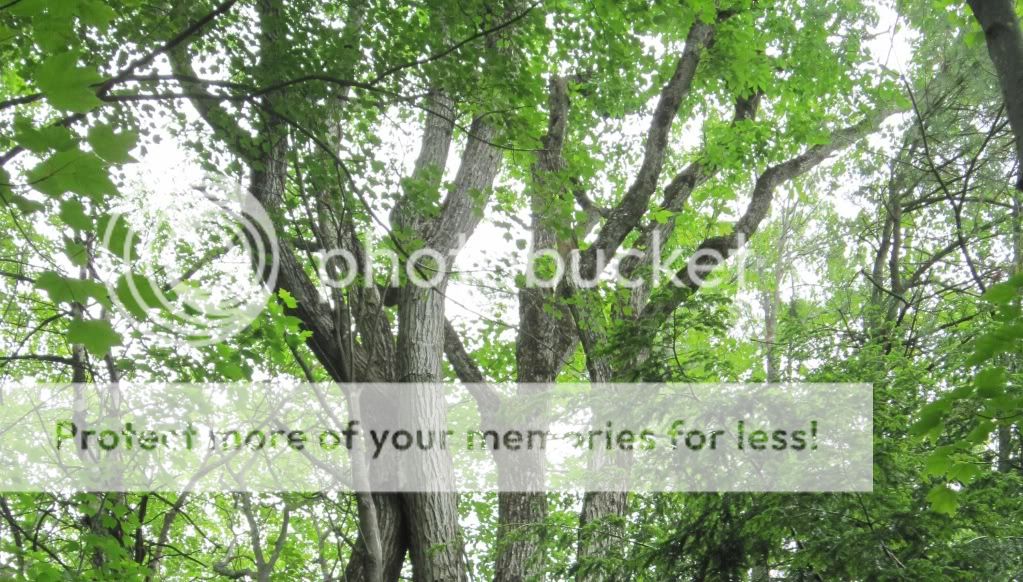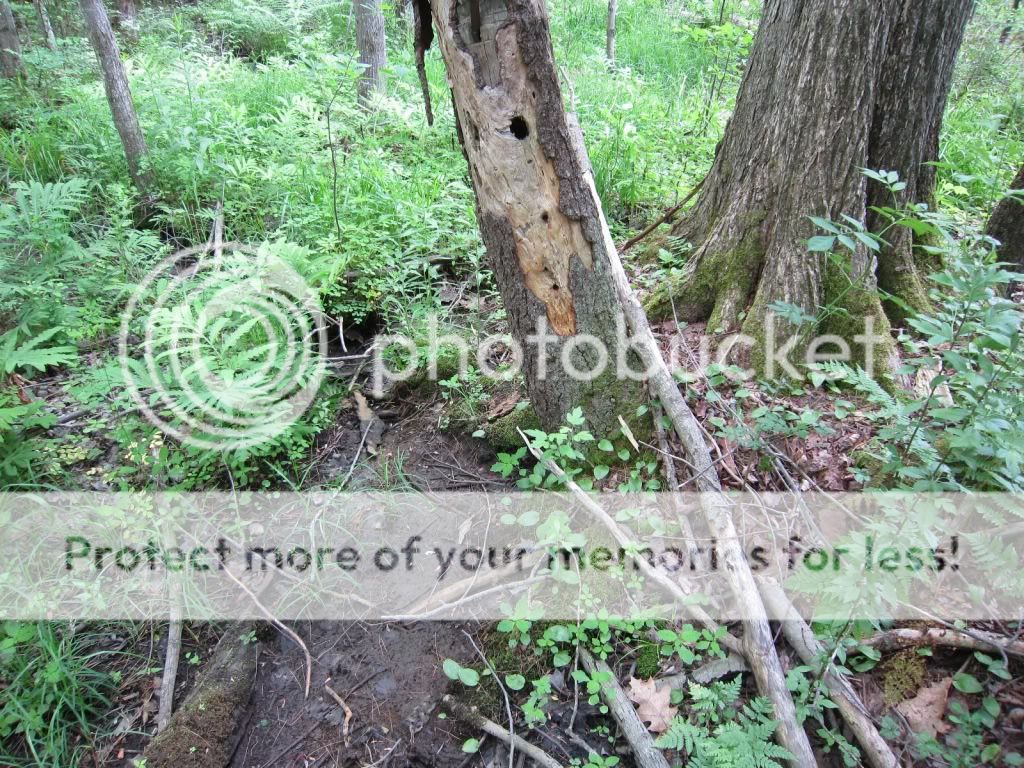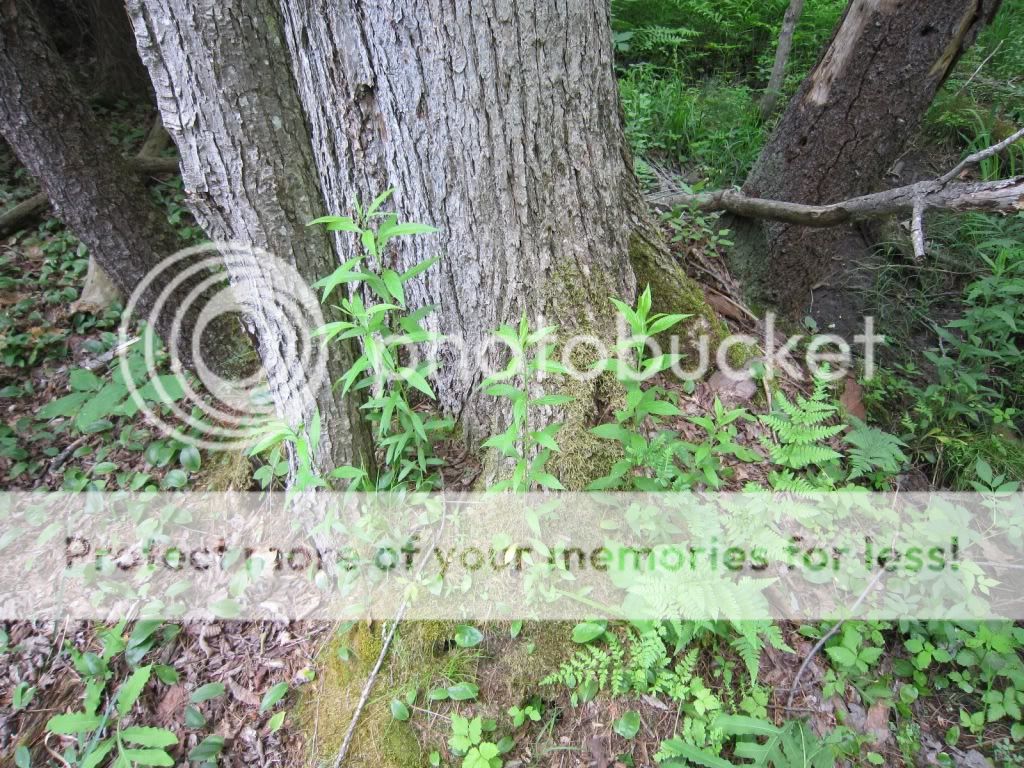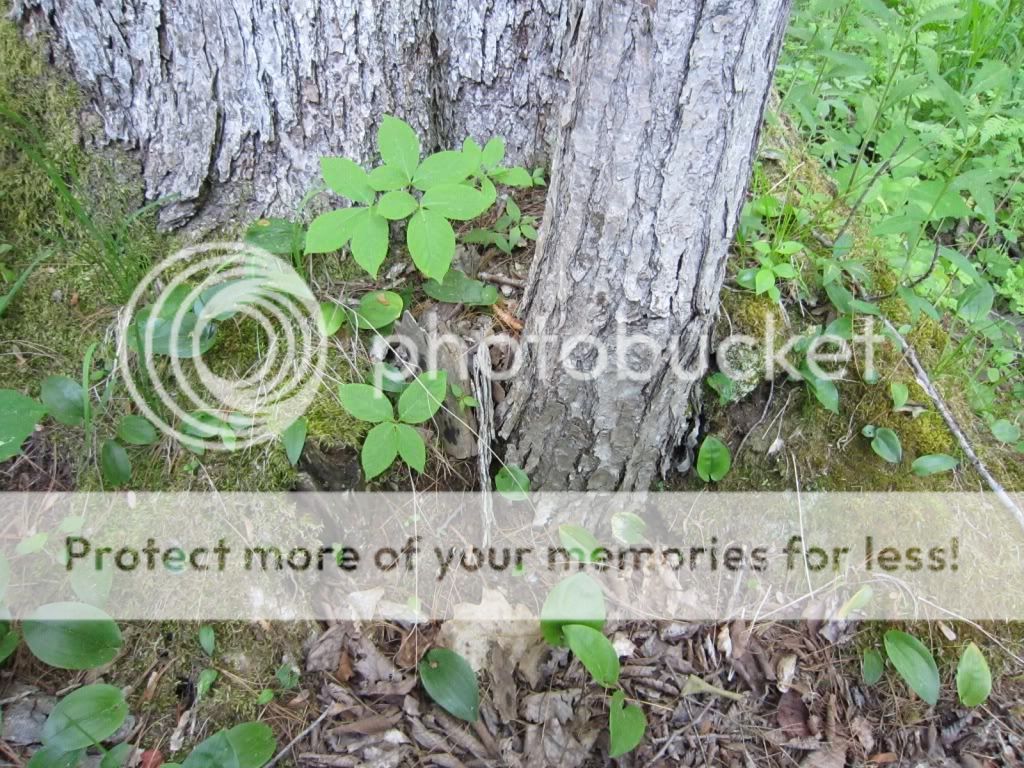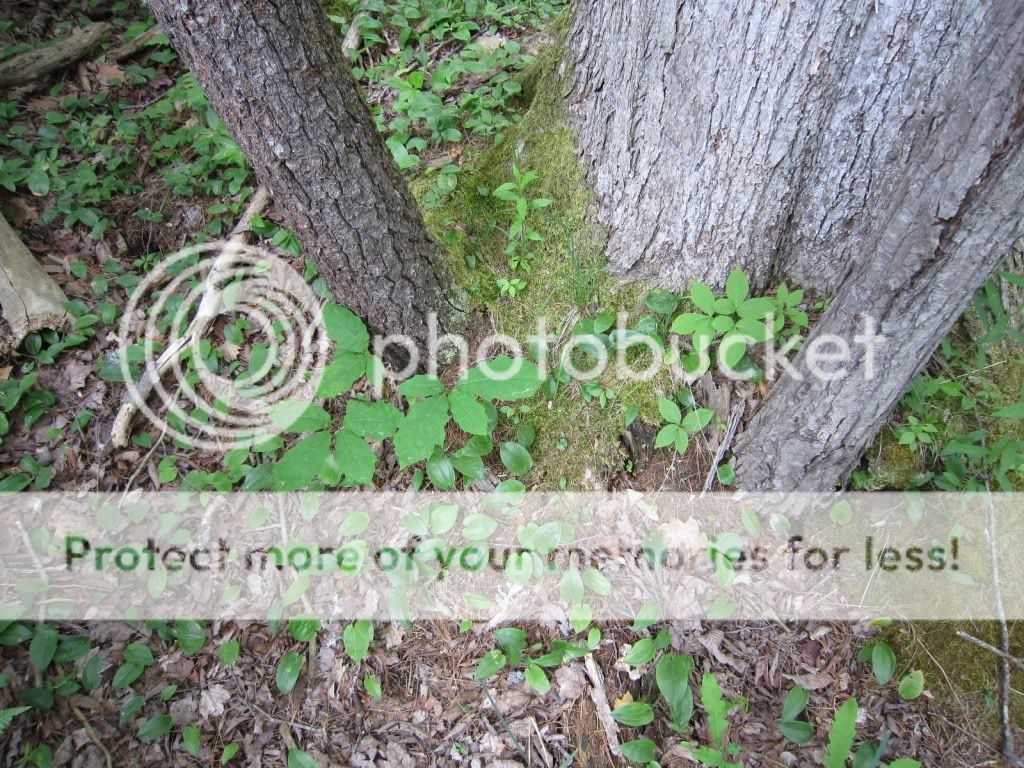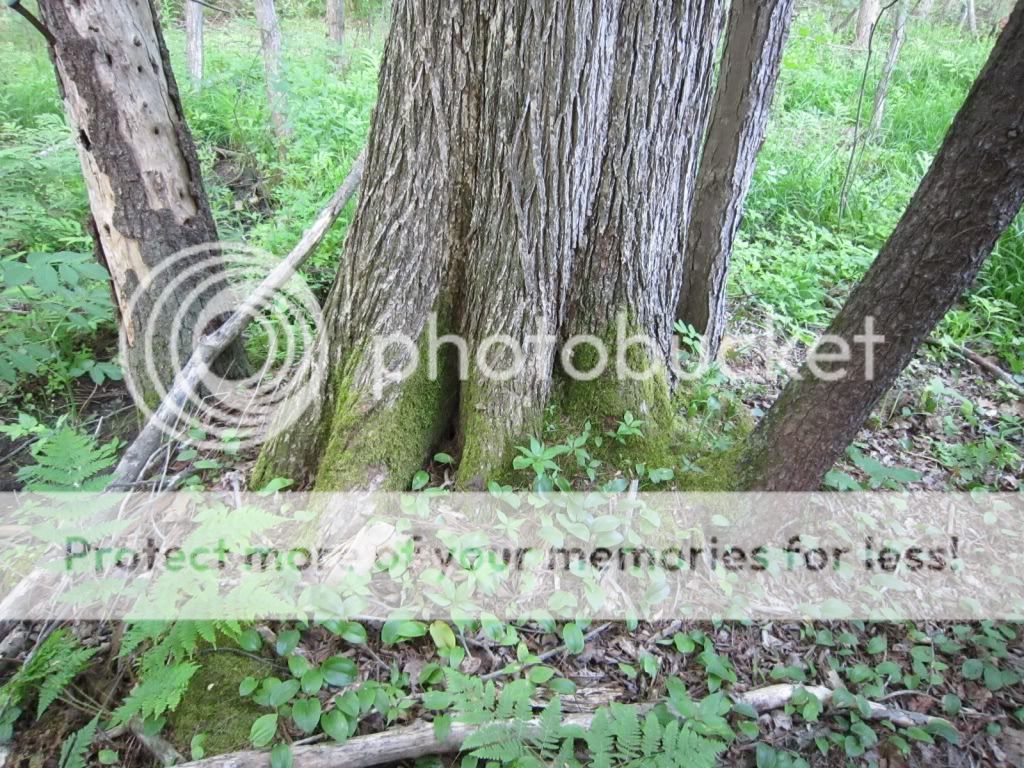Your desire to help trees is very admirable. But, if you go around doing "Stuff" to a tree just because, you might be doing more harm than good. Others are right, do not put traps around the tree. The tree looks as healthy as it can be, or ever will be. If you put traps out they will draw beatles. If you try to remove girdling roots and so much as nick a root on the elm it will weep sap. The weeping sap is a major attractant to beatles. We removed most of the DED infected street Elms in Washington DC. We tried injectalbles and gave up on them. It seemed the fungacide would travel in the sap system untill it hit the dead wood where the tree was flagging. It might kill some fungi at the point of contact, but since the wood an inch pasted that spot was dead, the fungacide didn't go any farther.
I thought I saw some signs of "slime flux runs" on the bark also. This is a bacterial infection and there is no cure or preventative measure to take. Don't try to fix it.
The absolute best thing to maintain the health this tree has is to do no harm to it. If you beat its roots up like you did your Maple you will be harming it. If you were to cut branches off this time of year you will be causing more sap to flow, and harming it. You've found a nice, big, tree, enjoy it. But leave it alone. It's doing as good as it ever will, Joe.






